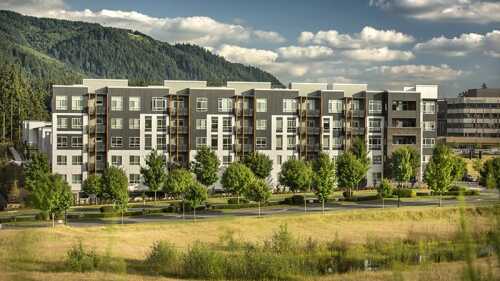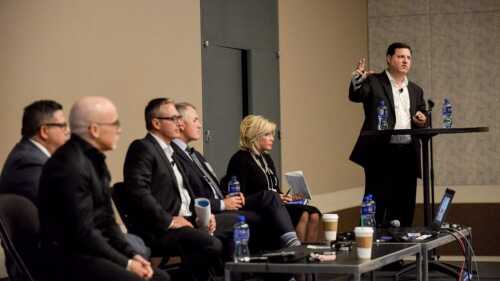Urban Design
Technological innovations are affecting nearly every facet of how societies function, but it is the corresponding evolution of human behavior—not the technology itself—that is driving how the next generation of cities around the globe is being built. That was the general feeling of a panel of large-scale developers—veritable city builders—assembled at the World Real Estate Forum by the Massachusetts Institute of Technology Center for Real Estate.
In 2003, Andrew B. Turner was a senior at Berkeley High School in Berkeley, California, when a new interactive program that challenged students to create a development scenario for a local neighborhood made its debut. Nearly 15 years later, Turner is now a project director at Argent LLP, one of London’s most respected developers.
Demographic changes taking root today will affect society and the built environment for decades to come, according to Eike Wenzel, managing partner of the Institut für Trend- und Zukunftsforschung. He spoke about what cities can do to anticipate and adapt to these changes at the ULI Germany 2017 Urban Leader Summit in Frankfurt.
In the Pacific Northwest, real estate development continues to be powered by a strong and expanding technology sector, where companies like Facebook are taking upward of 1 million square feet (93,000 sq m) of space in Seattle’s South Lake Union neighborhood, doubling its footprint in the city, while Google has leased several hundred thousand square feet of space nearby.
Cranes fill the sky and construction crews complicate navigation through Seattle’s streets as development projects downtown and in other close-in urban neighborhoods usher in a higher and denser city.
A Denver developer activates an alley to tie together a hotel, offices, food, and “maker” retail on the site of a former dairy.
Cities and suburbs are natural places for designs inspired by natural systems, according The Permaculture City by Toby Hemenway, a guidebook to permaculture design in the concrete jungle. “Permaculture design is turning out to be beautifully suited to urban contexts,” says Hemenway.
Resort developers are coming up with new ways to create allure in urban locations—where they can’t rely on beaches, golf, or skiing to attract fickle travelers.
Jane Jacobs, best known as the author of Death and Life of American Cities, would have celebrated her 100th birthday this year. A new biography, Becoming Jane Jacobs, by Clemson University professor Peter Laurence purports that the most venerated figure in urban planning today is also among the most underappreciated and misunderstood, even by her staunchest supporters.
The sharing economy is a hot topic; Zipcar, Uber, Airbnb, bike sharing, and shared workspaces are just a few of the brands and concepts in this space. With Oslo, Ditto Residential, a boutique residential developer in Washington, D.C., has reconceived and updated another time-tested sharing idea, house sharing—or in this case, apartment sharing, sometimes known as group living.










